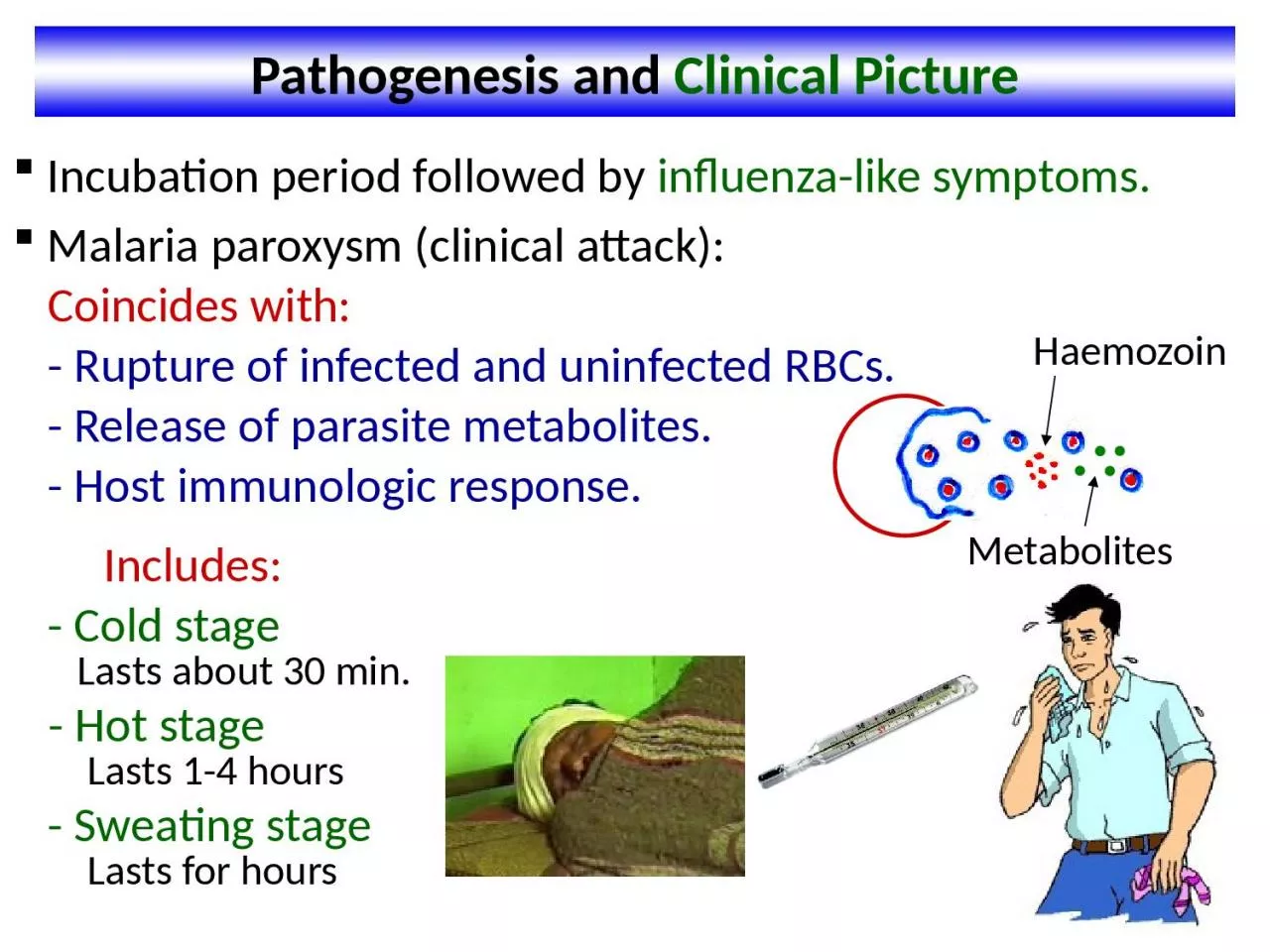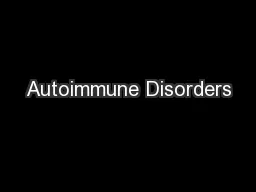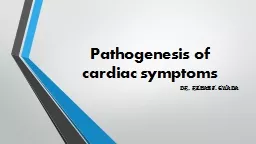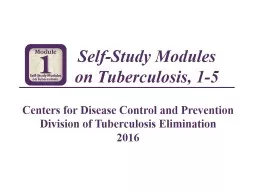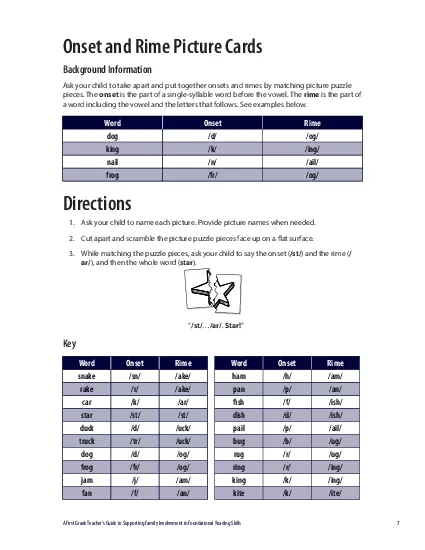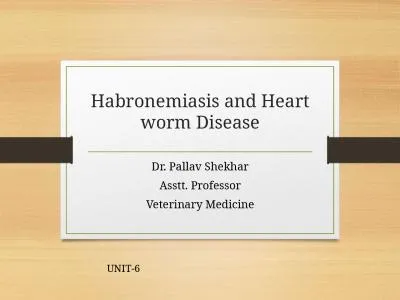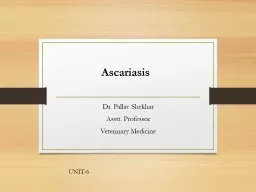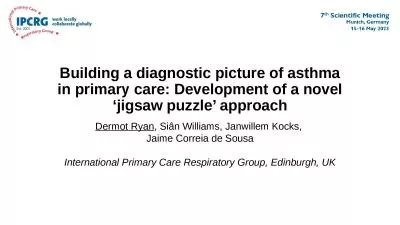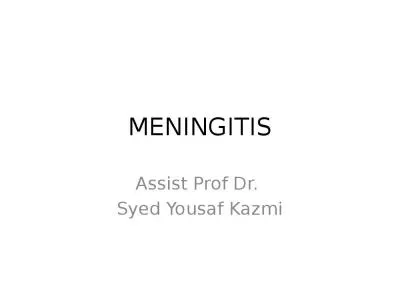PPT-Pathogenesis and Clinical Picture
Author : okelly | Published Date : 2024-03-13
Haemozoin Metabolites Incubation period followed by influenzalike symptoms Malaria paroxysm clinical attack Coincides with Rupture of infected and uninfected
Presentation Embed Code
Download Presentation
Download Presentation The PPT/PDF document "Pathogenesis and Clinical Picture" is the property of its rightful owner. Permission is granted to download and print the materials on this website for personal, non-commercial use only, and to display it on your personal computer provided you do not modify the materials and that you retain all copyright notices contained in the materials. By downloading content from our website, you accept the terms of this agreement.
Pathogenesis and Clinical Picture: Transcript
Download Rules Of Document
"Pathogenesis and Clinical Picture"The content belongs to its owner. You may download and print it for personal use, without modification, and keep all copyright notices. By downloading, you agree to these terms.
Related Documents

